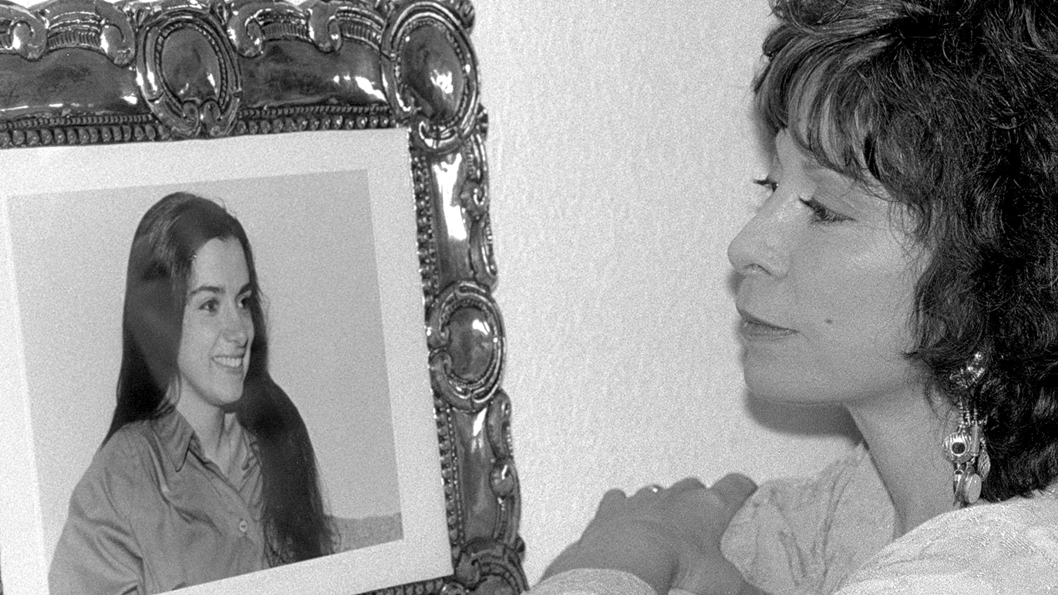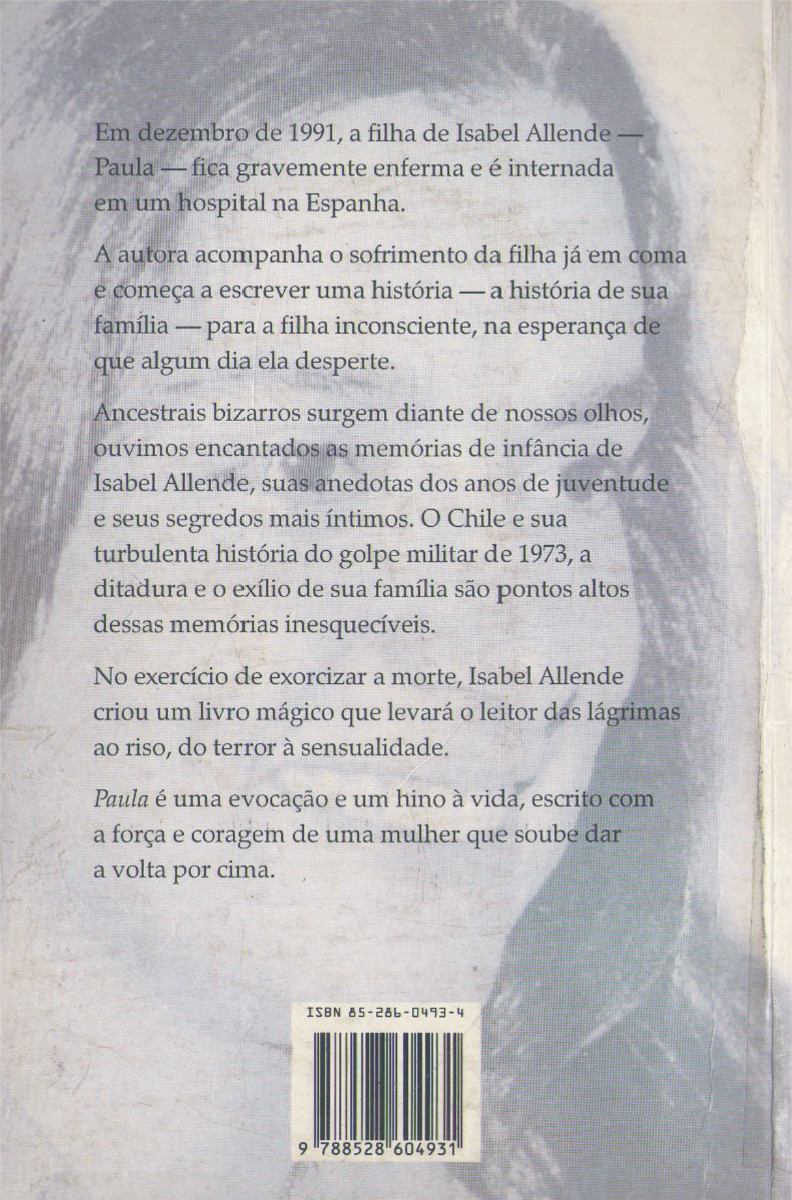
More specifically, I argue here that Paula uses inventive narrative forms to explore the potential, and the limits, of therapeutic modes of writing and their ability to give voice to a silenced patient.ĭisorders of Consciousness and Voicelessness 2 The problems of voice, and voicelessness, function on a level of narrative and genre in Allende’s text but also raise important questions about medical care, end-of-life choices for patients and families dealing with conditions broadly termed “coma,” and the legal definitions and ethical arguments that structure debates about dying.Īpproaching Paula from a medical humanities perspective helps to address this gap in criticism of the text but also to consider the wider significance of literary writing as a space in which the recently created medical category of “disorders of consciousness” can be explored through personal perspectives. Instead, critics have often discussed Paula as a post-boom Latin American novel or a memoir of her mother, Isabel. In existing literary criticism on Allende, the figure of Paula herself is surprisingly absent: ironically, she is silenced in critical accounts of the text which bears her name. Writing in this “mysterious parenthesis,” as Paula lies suspended between life and death, Allende reflects on her own life story and its intersections with the wider metanarrative of twentieth-century Chilean history. Much of the narrative is set during the year that Paula spent in a coma-like state as she was cared for by her mother, first in hospital in Madrid and then at Allende’s home in San Francisco.

In Paula, Allende tells the story of her daughter’s illness and ultimate death from a rare genetic disorder called porphyria. It does so through a hybrid narrative form that incorporates elements of illness narrative, autobiography, national history, magical realist novel, and testimony.


Isabel Allende’s Paula, published in 1995, poses a problem of voice.


 0 kommentar(er)
0 kommentar(er)
